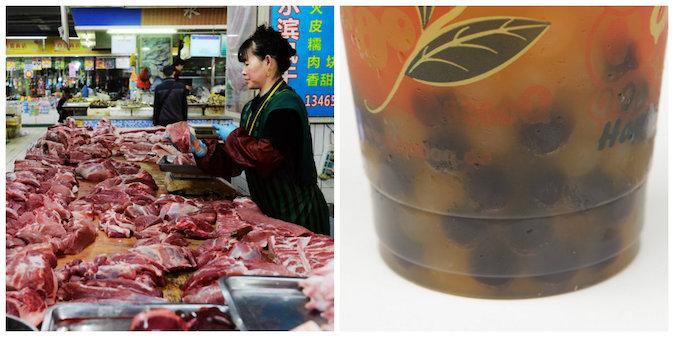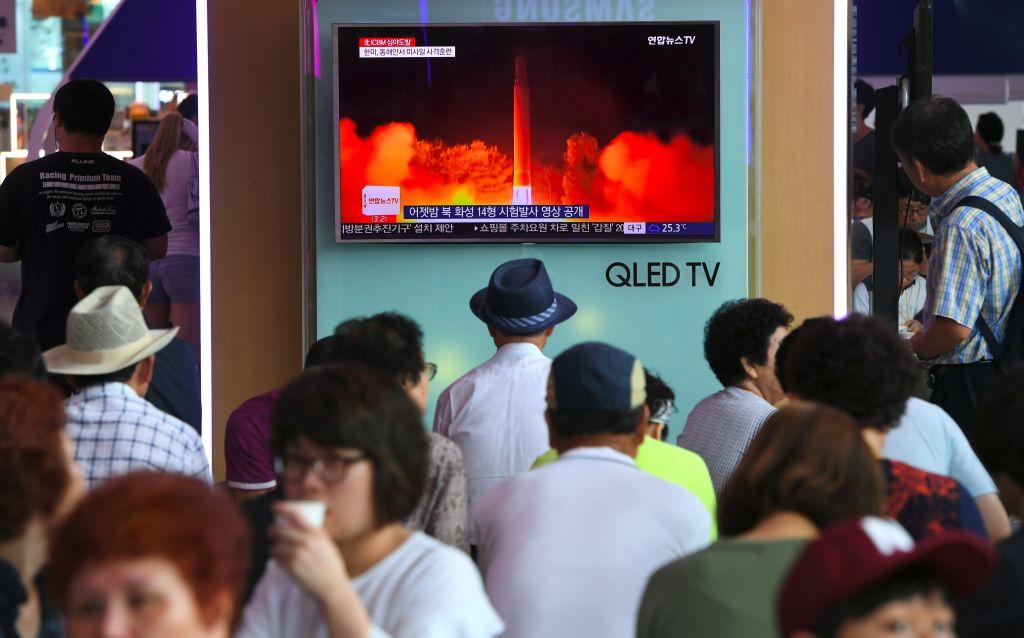China has been dogged by food scandals for years, and 2015 was no exception.
Chinese food producers and smugglers tried something old (contaminated infant milk powder) and something new (very, very old preserved meat), and even got innovative (good-sized shrimp injected with gel).
Fortunately for those in the United States, most of the problematic food appear to be sold only in the Chinese domestic market.
Still, with Food and Drug Administration inspectors examining 1 percent or less of food imports each year, there’s no guarantee that adulterated food won’t make it to America’s shores.
Here are five major incidents of toxic or fake food found in China in 2015.
Zombie Meat
This bizarre case is so off-putting that the Chinese official tasked to do the inspection “almost threw up” upon making the discovery.
In June, local officials in the south central Chinese province of Hunan busted a smuggling ring, and stumbled upon frozen pork, beef, and chicken wings from the 1970s, according to Chinese state media. To put that in context, Mao Zedong, Hunan’s most notorious native, was then still alive (but on his last legs) and helming the destructive Cultural Revolution.




